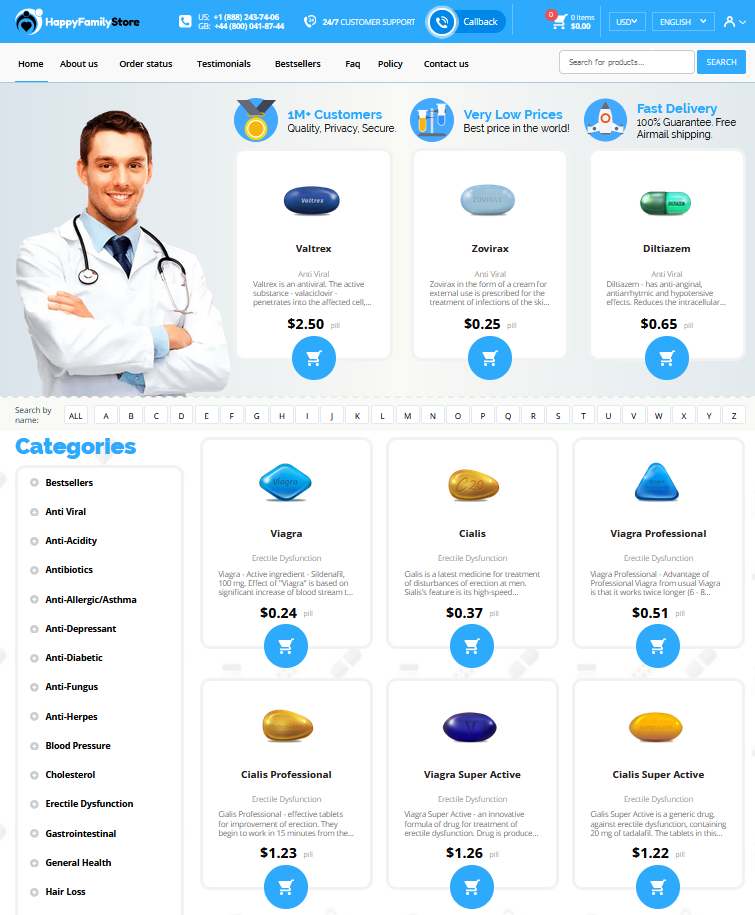 **periactin Vs. Other Antihistamines: a Comparative Analysis**
**periactin Vs. Other Antihistamines: a Comparative Analysis**
Key Differences in Antihistamine Mechanisms of Action
The world of antihistamines is vast and varied, with each drug offering its own unique mechanism of action. At the heart of their efficacy lies the ability to block histamine—a compound that plays a key role in allergic reactions. However, the way they achieve this varies. "Periactin," known for its active ingredient cyproheptadine, exhibits a distinctly dual mechanism. It acts not only as an antihistamine but also possesses antiserotonergic properties, which distinguishes it from many common alternatives that primarily focus on histamine H1 receptor antagonism. This dual action makes "Periactin" particularly intriguing in specific clinical scenarios, where the compound medication approach can offer broad-spectrum relief. Thus, understanding these differences is crucial in "writing the script" for effective patient care.
| Antihistamine | Mechanism of Action |
|---|---|
| Periactin | H1 Receptor Antagonism & Antiserotonergic |
| Common Alternatives | Primarily H1 Receptor Antagonism |
Navigating through these mechanisms is akin to deciphering the intricate "sig" on a prescription, where understanding each component aids in tailoring treatment to patient needs. While some may find solace in a quick "drive-thru" approach to symptom management, the nuanced selection among these antihistamines provides the opportunity for tailored and effective relief. Each choice hinges on the therapeutic goals, underlying conditions, and the balance of efficacy with potential side effects, making informed decisions both an art and a science. As experts weigh these factors, they open the doors to optimized patient outcomes, transforming mere symptom relief into holistic well-being.
Comparing Side Effects: Periactin Versus Alternatives

Navigating through the landscape of antihistamines, Periactin stands out with a side effect profile that's as distinctive as a vintage elixir. Many patients report feeling like they're in the Twilight Zone, as drowsiness often accompanies its therapeutic effects. Unlike modern antihistamines that sport a more comfortable 'non-drowsy' label, Periactin can turn a day into a slumber party with just one pill. Meanwhile, comparables like loratadine and cetirizine are more aligned with the nine-to-five, providing relief without the hangover-like fatigue of their predecessor.
Effectiveness in Treating Allergic Reactions
Periactin, a staple script in allergy management, shows unique efficacy for specific allergic reactions compared to other meds literally on the counter. It works as a first-generation antihistamine, effectively blocking histamine, which reduces allergic symptoms such as itching, swelling, and redness. While Periactin might have a sedative effect—a 'hangover' from its action on the central nervous system—its reliability in managing acute allergy episodes is indisputable.
Alternatives like second-generation antihistamines, often contained in sleek bubble packs for easy access, tend to cause fewer drowsy side effects. However, they may not match Periactin's speed in delivering relief, rendering Periactin invaluable for those needing stat allergic reaction control.
Usage in Appetite Stimulation and Anorexia

Periactin, with its unique profile, often finds itself at the center of "pharm parties" for its appetite-stimulating effects, gaining a certain allure among those seeking weight gain solutions. Unlike many antihistamines, Periactin has a therapeutic edge that extends beyond allergy relief, making it a viable option in the treatment of anorexia before a "hard copy" prescription is filled. This compound pleases some for its ability to prompt immediate hunger cues—a biological "stat" response that stands in contrast to other medications. Although not typically categorized among "happy pills", its off-label benefits in appetite induction position it as a noteworthy option. Balancing utility and simplicity, Periactin keeps its place in the coveted roster of therapeutic allies.
Dosage Guidelines and Long-term Considerations
Navigating the landscape of antihistamines can feel like a Pharm Party with prescriptions flowing left and right, but understanding dosage and long-term use is crucial. Periactin, commonly used both for allergic reactions and appetite stimulation, operates on a unique compound medication formulation, demanding careful adherence to prescribed dosages. Miss a dose, and you might need an immediate Stat call to your pharmacist. It's essential to follow the Sig precisely to mitigate potential side effects and ensure effective treatment over time.
Organizing your regimen with precision is not just about counting and pouring pills; it’s about ensuring safety and effectiveness. A White Coat's expertise is indispensable for understanding any long-term impacts of Periactin compared to other antihistamines. As with any medication, there can be Hangover effects, or side effects from prolonged use, so regular Meds Check with your healthcare provider is recommended to manage your health effectively while on this medication.
```html
| Antihistamine | Dosage Frequency | Long-term Considerations |
|---|---|---|
| Periactin | 2-3 times daily | Monitor for weight gain and appetite changes |
| Alternative Antihistamine | Once daily | Adjustments based on efficacy and side effects |
Cost Comparison and Availability of Options
When considering the economics of Periactin compared to other antihistamines, one encounters the challenge of sticker shock from brand-name drugs. Generics are frequently a budget-friendly choice, with insurance and PBM guidelines playing a crucial role in determining out-of-pocket costs. Pharmacies routinely undertake shelf checks to ensure adequate availability, although some rarer antihistamines face issues stemming from categorization as orphan drugs, making them less accessible.
Availability can greatly vary between different locations. Patients might find themselves becoming involuntary window shoppers, scouting multiple pharmacies due to a formulary change or unexpected insurance reject. Fortunately, pharmacies often provide a drive-thru service, enhancing convenience for quick pick-ups, while their pharmacists, or white coats, assist in exploring potential therapeutic substitution options to optimize both cost and treatment efficacy.

